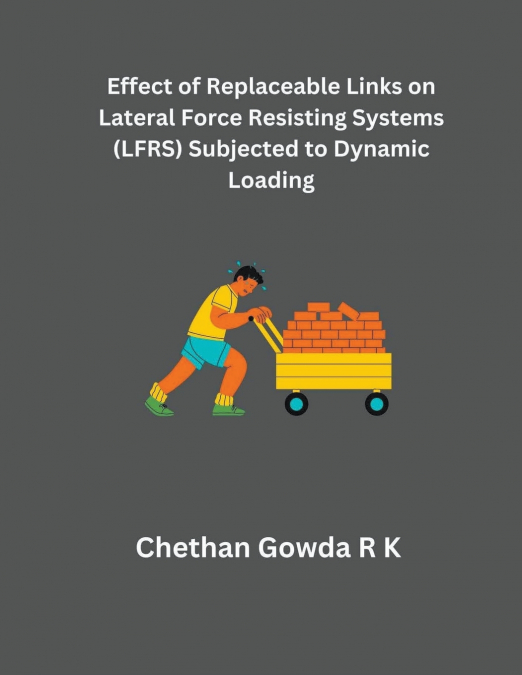
Chethan Gowda R K
Ground vibrations during earthquakes cause deformation and forces in the structures. The earthquake of the late 19th and early 20th centuries triggered several early advancements in science and engineering. The Bhuj earthquake of 2001 was the first instance of engineering causing the collapse of modern multi-storey buildings in India. The main principle used in the seismic design of the structure is capacity design. This principle allows the design of dissipative members, where the energy dissipation will be concentrated during a seismic event, while the non-dissipative members are protected from failure by providing them with a level of over strength such that they can resist the maximum force developed by the plasticization in the dissipative zone. Capacity design principles are; Global plastic mechanism of structure, Identification of dissipative and non-dissipative zones in the structure, and Provision of proper detailing to ensure maximum ductility for dissipative zones. In recent days because of rapid population growth, civil engineering structures like high-rise buildings, long-span bridges, huge industrial buildings, etc., have become more common. These structures are prone to damage during natural disasters and the consequences of failure are catastrophic. Hence some precautions need to be taken during the design of structures. However, these structures cannot be made completely safe against such calamities. Some extraordinary situations may cause damage to the structures or may lead to collapse. So it is important to make the structure safe even after extraordinary situations of natural disasters. Structures can be protected against natural hazards by using a lateral load resisting system or structural damping system or energy dissipating system. Steel LFRS has been used in all forms the structures to resist lateral forces like earthquake and wind forces. This system provides various advantages such as cost reduction, speed of construction, reduced foundation cost, and increased ductility of the structure. Using steel as construction material economic designs can be achieved that provide life safety for the occupants. Commonly used structural typologies for a steel building to resist the lateral forces are, Moment resisting frames (MRF), Braced frames, and Steel plate shear walls.